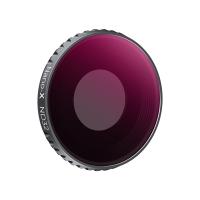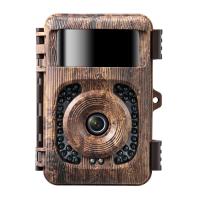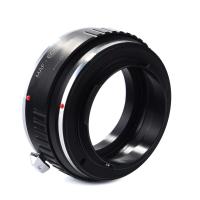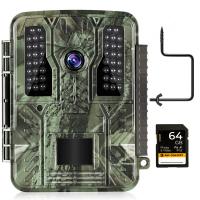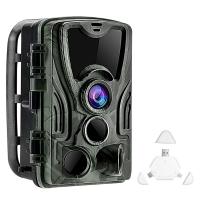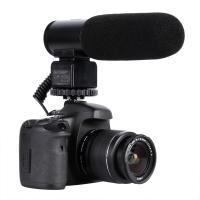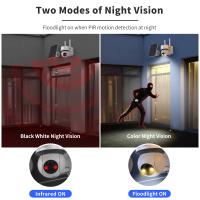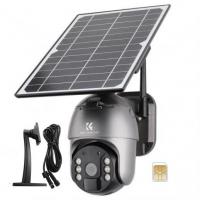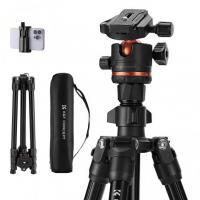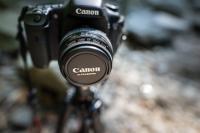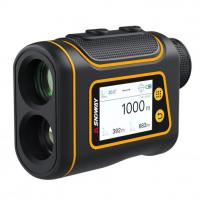What's A Good Uv Filter For Camera Lenses?
When it comes to photography, one of the most frequently asked questions by both amateur and professional photographers is, "What's a good UV filter for camera lenses?" This question is not just about finding a product but understanding the nuances of UV filters, their benefits, and how to choose the right one for your specific needs. In this article, we will delve into the world of UV filters, exploring their purpose, the factors to consider when choosing one, and some of the top recommendations available in the market.
Understanding UV Filters
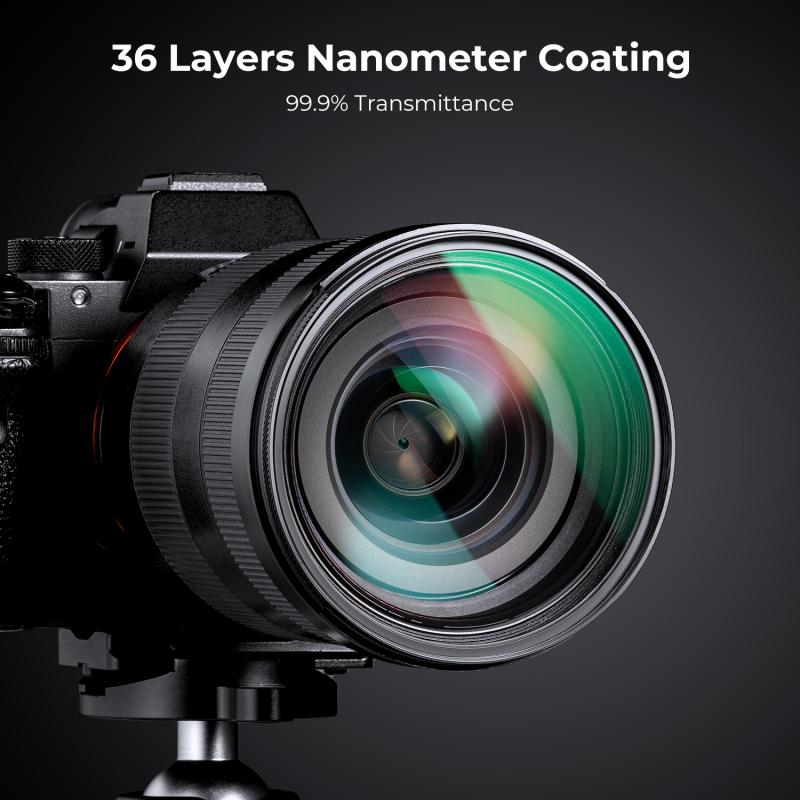
UV filters, or ultraviolet filters, are transparent filters that attach to the front of a camera lens. Their primary function is to block ultraviolet light, which can cause haziness or a blue cast in photos, especially in outdoor settings. While modern digital sensors are less sensitive to UV light compared to film, UV filters still serve several important purposes:
1. Lens Protection: One of the most significant benefits of using a UV filter is to protect the lens from dust, dirt, scratches, and accidental damage. Replacing a UV filter is far cheaper than repairing or replacing a lens.
2. Improved Image Quality: By blocking UV light, these filters can reduce haze and improve the clarity and contrast of your images, particularly in high-altitude or coastal areas where UV light is more intense.
3. Ease of Cleaning: Cleaning a UV filter is much easier and less risky than cleaning the lens itself. This can be particularly useful in environments where the lens is likely to get dirty.
Factors to Consider When Choosing a UV Filter
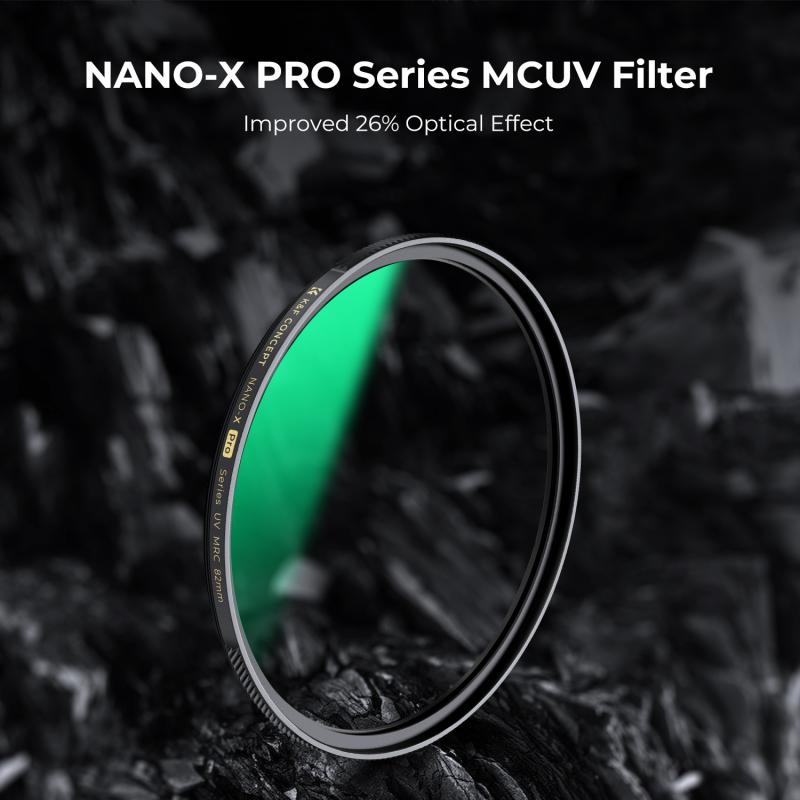
When selecting a UV filter, several factors should be taken into account to ensure you get the best performance and value for your money:
1. Material: UV filters are typically made from glass or resin. Glass filters are more durable and offer better optical quality, while resin filters are lighter and less expensive but may scratch more easily.
2. Coating: The quality and type of coating on a UV filter can significantly impact its performance. Multi-coated filters reduce reflections and glare, improving image quality. Some high-end filters also offer additional coatings for water and oil resistance, making them easier to clean.
3. Thickness: The thickness of the filter can affect its compatibility with certain lenses, especially wide-angle lenses. Thinner filters, often referred to as "slim" or "low-profile," are less likely to cause vignetting (darkening of the corners of the image).
4. Brand Reputation: Established brands with a good reputation in the photography community are often a safer bet. They are more likely to offer consistent quality and better customer support.
5. Price: While it's tempting to go for the cheapest option, investing in a higher-quality UV filter can pay off in the long run with better image quality and durability.
Top UV Filter Recommendations
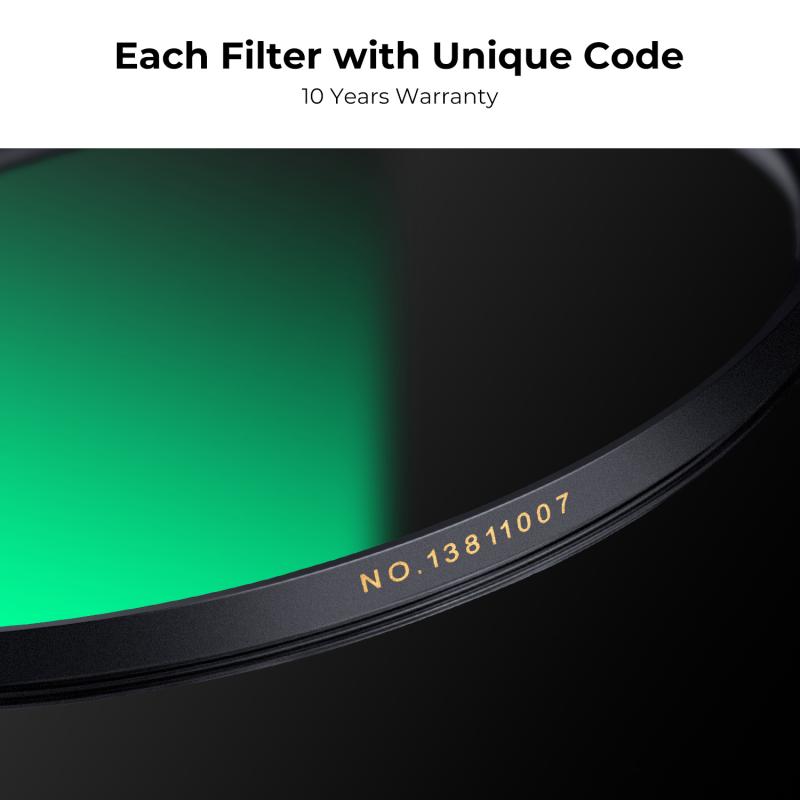
Based on the above factors, here are some of the top UV filters available in the market:
105mm MCUV Protection Filter with 28 Multi-Layer Coatings HD/Hydrophobic/Scratch Resistant/Ultra-Slim UV Filter for 105mm Camera Lens: Known for its exceptional build quality and optical performance, this filter uses high-quality Schott glass and features a multi-resistant nano coating that reduces reflections and makes cleaning easier.
82mm Magnetic UV Filter Ultra Slim with Multi Coated Ultraviolet Protection Lens Filter with Cleaning Cloth Nano-K Series: K&F Concept is a well-respected brand in the photography world, and their Nano-K UV filter is no exception. It boasts a 18-layer ultra-smooth coating that provides excellent protection against scratches, water, and oil. The optical glass used is of high quality, ensuring little impact on image quality.
Practical Tips for Using UV Filters
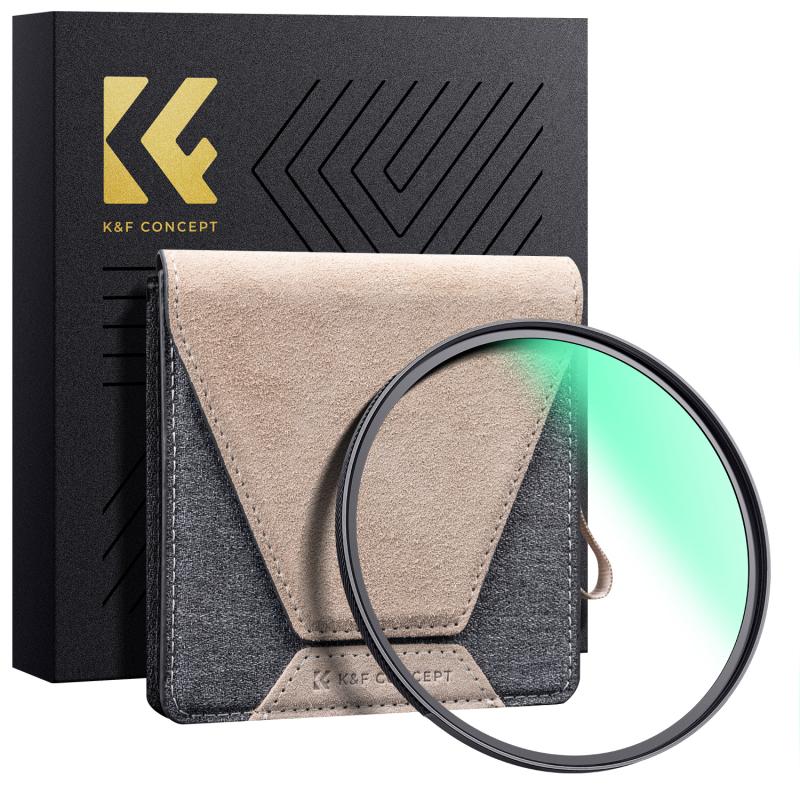
To get the most out of your UV filter, consider the following practical tips:
1. Keep It Clean: Regularly clean your UV filter to ensure it doesn't affect image quality. Use a microfiber cloth and lens cleaning solution to remove smudges and dust.
2. Check for Vignetting: If you're using a wide-angle lens, check for vignetting when you first attach the filter. If you notice dark corners, consider switching to a slim filter.
3. Stacking Filters: Avoid stacking multiple filters on top of each other, as this can introduce additional reflections and degrade image quality.
4. Remove When Necessary: While UV filters offer protection, there may be situations where you want to remove them, such as when shooting in low light or when using other filters like polarizers or ND filters.
Choosing a good UV filter for your camera lens involves understanding the benefits they offer and considering factors like material, coating, thickness, brand reputation, and price. By investing in a high-quality UV filter, you can protect your lens, improve image quality, and ensure your photography gear lasts longer. Whether you're a professional photographer or an enthusiastic amateur, the right UV filter can make a significant difference in your photography experience.


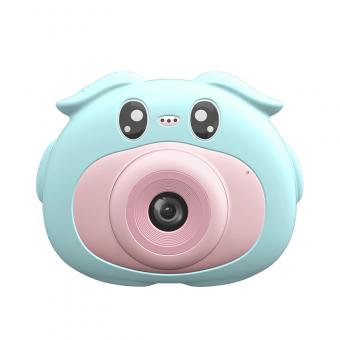
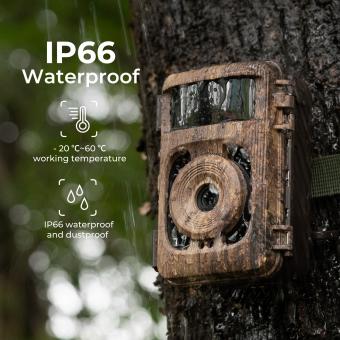

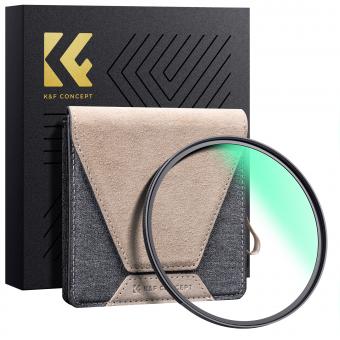



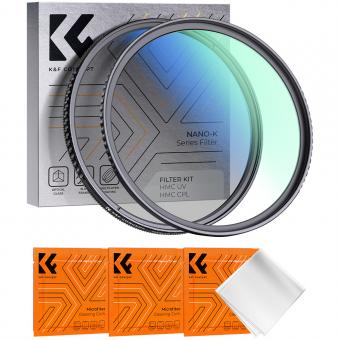






![Supfoto Osmo Action 3 Screen Protector for DJI Osmo Action 3 Accessories, 9H Tempered Glass Film Screen Cover Protector + Lens Protector for DJI Osmo 3 Dual Screen [6pcs] Supfoto Osmo Action 3 Screen Protector for DJI Osmo Action 3 Accessories, 9H Tempered Glass Film Screen Cover Protector + Lens Protector for DJI Osmo 3 Dual Screen [6pcs]](https://img.kentfaith.com/cache/catalog/products/us/GW41.0076/GW41.0076-1-200x200.jpg)

